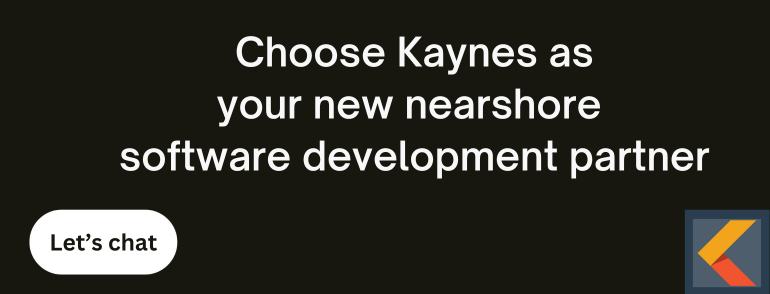
Proven software project management frameworks for enterprise-level scalability and efficiency
Many large companies struggle with hidden issues in their software teams. Projects often miss deadlines, costs increase, and teams feel overwhelmed. But there’s a solution: using the right project management frameworks can help.
Thank you for reading this post, don't forget to subscribe!Why Old Methods Don’t Work Well Anymore
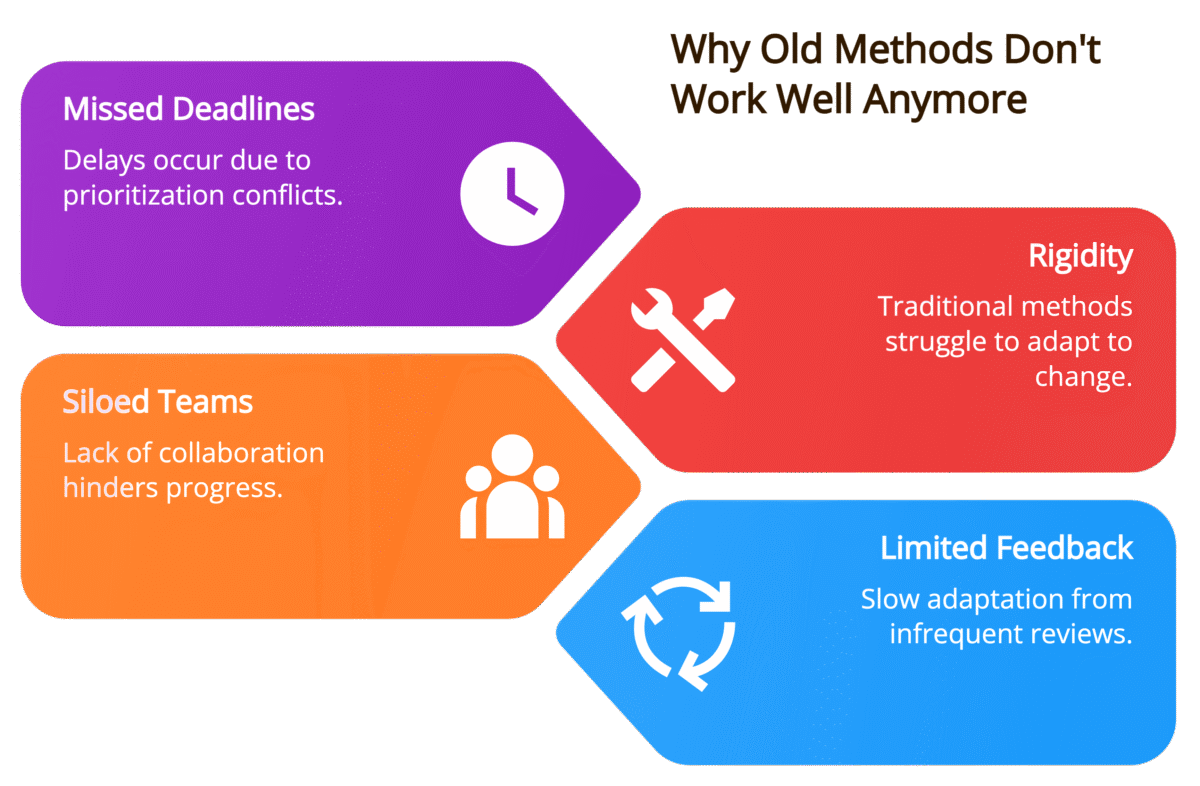
Traditional project management methods like basic Agile and strict Waterfall often fall short in large enterprises due to several key limitations:
Missed Deadlines: Prioritization Conflicts
In large organizations, teams frequently debate over which tasks should take precedence. This can lead to delays as consensus is sought, causing projects to veer off schedule. The rigid structure of traditional methodologies doesn’t easily accommodate shifting priorities, exacerbating these delays.
Wasted Money: Costly Error Corrections
Traditional methods often defer testing until late in the project lifecycle. This delay means that errors or misalignments with client needs are discovered only after significant resources have been invested. Correcting these issues late in the process can consume 20–30% of the project’s budget, leading to financial inefficiencies.
Unhappy Teams: Repetitive and Unengaging Work
The structured nature of traditional methodologies can result in repetitive tasks, leaving little room for creativity or innovation. This monotony can lead to job dissatisfaction among developers, increasing turnover rates as they seek more stimulating work environments.
The Need for Scalable Frameworks
To address these challenges, large enterprises should consider adopting frameworks designed for scalability. These frameworks offer the flexibility to adjust priorities, integrate continuous testing, and foster a more dynamic work environment, ultimately enhancing efficiency and team satisfaction.
Three Effective Frameworks for Big Companies
Large enterprises often face challenges in managing extensive software development projects. To address these challenges, several frameworks have been developed to help large teams work efficiently.
Scaled Agile Framework (SAFe)
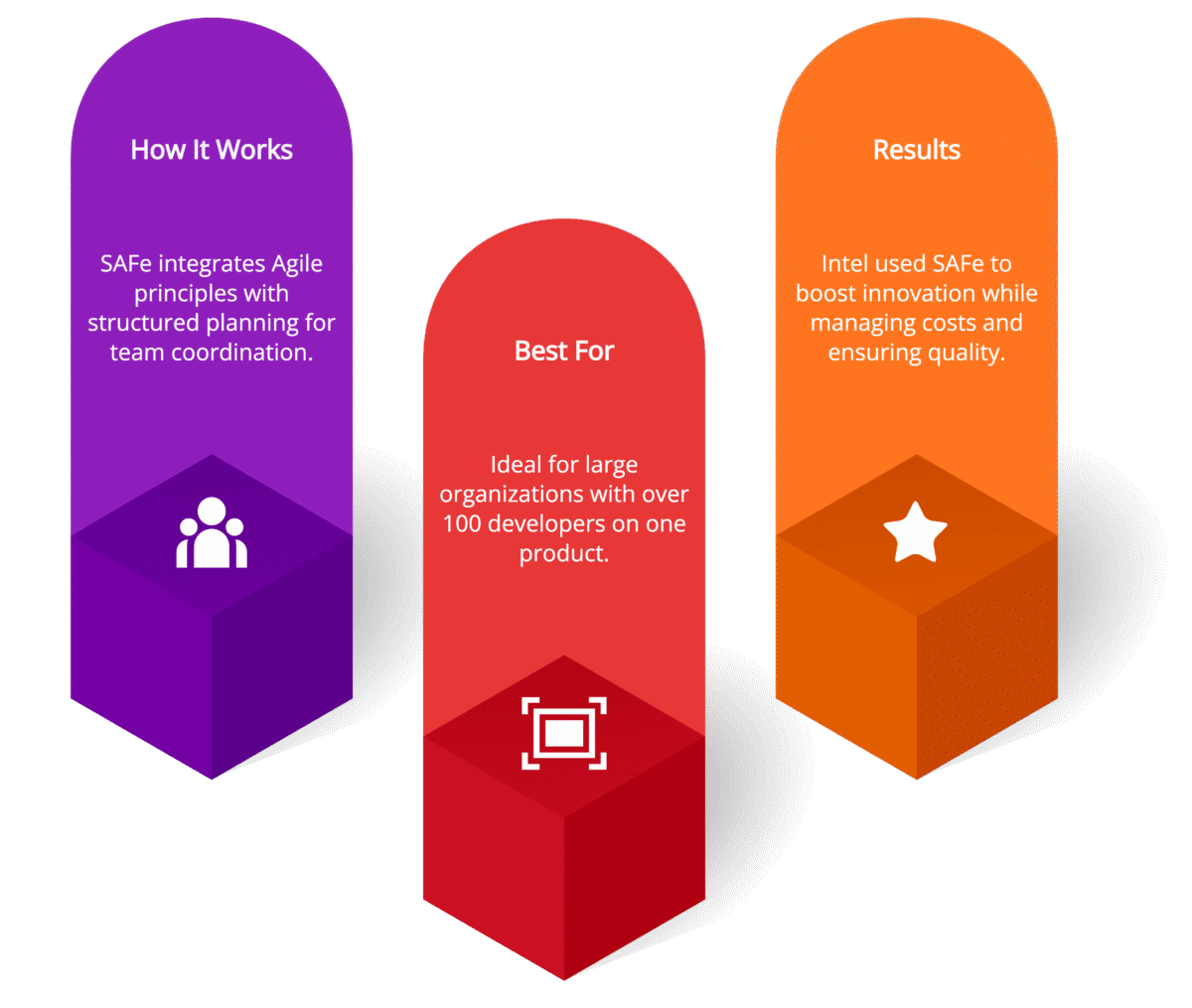
How It Works: SAFe integrates Agile practices with a structured plan, enabling teams to coordinate regularly while maintaining flexibility. It emphasizes alignment, collaboration, and delivery across multiple Agile teams.
Best For: Organizations with over 100 developers working on a single product, such as banks or airlines.
Results: For example, Intel implemented SAFe to continuously innovate while controlling costs and maintaining quality. As a result, their Manufacturing Validation Engineering (MVE) division delivered 65% more products with the same capacity and improved commit-to-accept ratios from 74% to over 90%.
Scrum@Scale
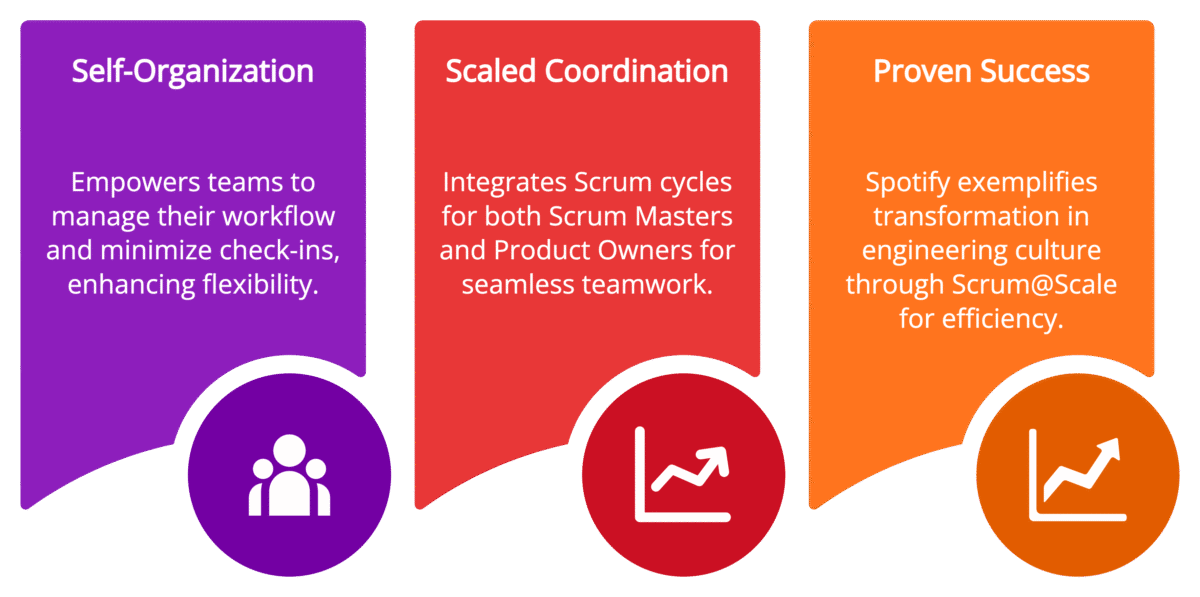
How It Works: Scrum@Scale allows teams to self-organize with minimal check-ins, reducing bottlenecks. It scales the Scrum framework by addressing issues in both the Scrum Master and Product Owner cycles, facilitating efficient coordination among teams.
Best For: Rapidly growing tech companies or organizations launching new products.
Results: A notable example is Spotify, which utilized key patterns of the Scrum@Scale framework to transform its engineering culture. This transformation enabled continuous delivery and significantly disrupted the music-streaming industry.
Hybrid Agile-Waterfall
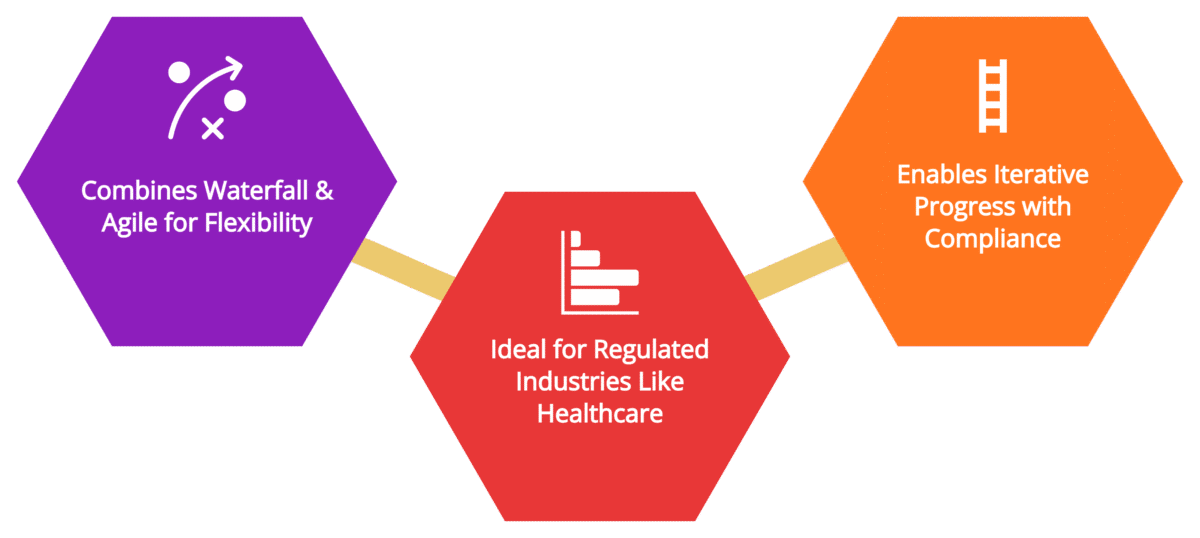
How It Works: This approach combines Waterfall methodologies for overarching planning aspects like budgets and compliance with Agile practices for daily development tasks. It leverages the structured planning of Waterfall while incorporating the flexibility and iterative progress of Agile.
Best For: Industries with stringent regulations, such as healthcare or government sectors.
Results: While specific case studies on Hybrid Agile-Waterfall implementations are less documented, many organizations in regulated industries have adopted this approach to balance the need for compliance with the benefits of Agile methodologies.
Steps to Choose and Stick to a Framework
Adopting a project management framework is a game-changer for enterprises, but success depends on choosing the right framework and committing to it.
1. Identify Your Challenges
Before selecting a framework, you need to understand what’s holding your teams back. Common issues include:
- Rework: Are teams spending too much time fixing errors that could have been prevented with better communication or processes?
- Inefficient Meetings: Are meetings unproductive or taking up too much of the team’s time?
- Bottlenecks: Are teams often waiting on approvals, missing dependencies, or experiencing delays in key deliverables?
How to Identify These Problems
- Use surveys or feedback tools to understand team pain points.
- Analyze project data to track delays, defect rates, and cycle times.
- Conduct retrospectives to gather insights into recurring issues.
By measuring these metrics, you’ll have a baseline to assess how well a new framework improves productivity and reduces inefficiencies.
2. Start Small and Grow
Rolling out a framework across an entire company all at once is risky. Instead, begin with a pilot project to minimize disruption.
- Pilot Approach: Choose a small, representative team or project that reflects the broader challenges your company faces.
- Experiment and Adjust: Implement the framework, observe how it works in practice, and make adjustments based on feedback and results.
- Gradual Expansion: Once the framework shows promising results, gradually scale it to other teams, ensuring that lessons from the pilot project guide the broader rollout.
Example: A healthcare company piloted a hybrid Agile-Waterfall approach with its compliance team. After resolving initial challenges related to regulatory reviews, they expanded the framework to other departments, achieving faster feature releases with fewer errors.
3. Train Leaders and Team Members
A framework is only as strong as the people who implement it. Without proper training, teams can easily fall back into old habits.
- Train Leaders First: In frameworks like SAFe, roles such as “Release Train Engineers” are crucial for coordinating across multiple teams. Leaders need specialized training to manage dependencies and keep projects on track.
- Cross-Team Awareness: Educate not just developers but also stakeholders like product owners, business analysts, and operations teams on how the framework will change workflows.
- Continuous Learning: Encourage ongoing learning and certification programs to maintain expertise as teams evolve and grow.
4. Use Tools for Accountability
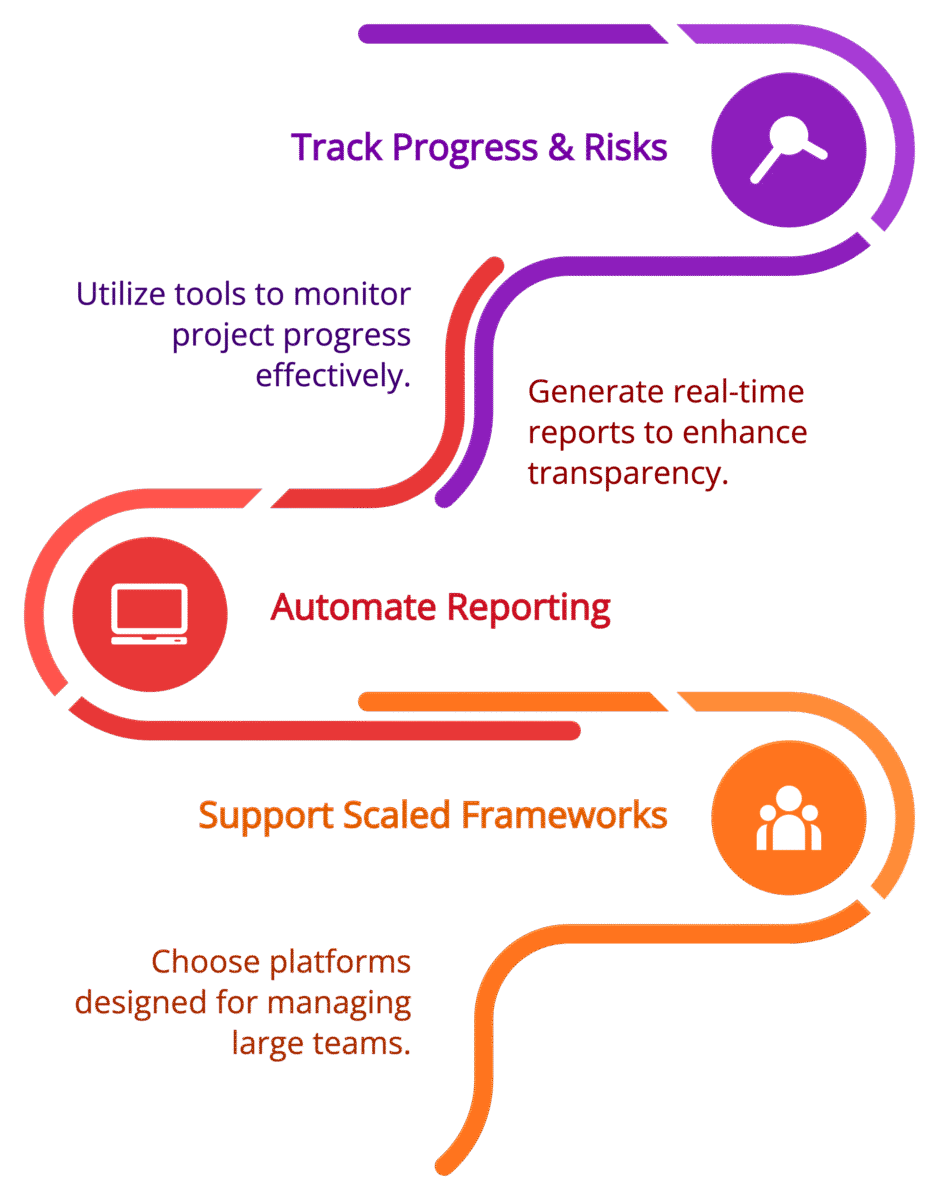
Tracking progress, risks, and deadlines is critical to ensure transparency and accountability. Tools designed to support scaled frameworks can automate these processes.
- Recommended Tools: Platforms like Jira Align and VersionOne are tailored for managing large projects with multiple teams.
- Automated Reporting: These tools generate real-time progress reports, making it easy for leaders to identify risks, track team performance, and monitor progress without relying on manual updates.
- Data Visibility: With automated dashboards, teams and stakeholders can access the same data, reducing misunderstandings and promoting alignment.
Benefits of Accountability Tools
- Teams stay focused on their objectives.
- Leaders can quickly spot and address issues.
- Everyone has a clear view of project progress and next steps.
Why These Steps Matter
The goal isn’t just to implement a system but to create a culture of continuous improvement, accountability, and collaboration. When done right, this approach leads to faster project completion, reduced costs, and happier, more engaged teams.
Adopting the right project management frameworks can significantly enhance an organization’s performance.
Faster Project Delivery:
Implementing Agile methodologies, such as Scrum and Kanban, enables teams to deliver solutions more swiftly and predictably. By breaking projects into smaller, manageable increments called sprints, teams can focus on delivering functional components in shorter cycles. This approach not only accelerates time to market but also allows for quick adjustments based on feedback.
Lower Costs:
Agile practices emphasize early and continuous testing, which helps in identifying and rectifying defects promptly. This proactive approach reduces the expenses associated with late-stage bug fixes and extensive rework. Additionally, by delivering high-quality products efficiently, organizations can achieve cost savings.
Happier Teams:
Agile frameworks promote collaboration, autonomy, and a clear alignment with business objectives. Professionals across various roles, including Agile coaches, Scrum masters, project managers, consultants, and trainers, report enhanced collaboration and better alignment with organizational objectives. This improved work environment leads to higher job satisfaction and reduced turnover rates.
The Commitment Challenge:
While selecting an appropriate framework is crucial, the real challenge lies in consistent implementation. Organizations often struggle with maintaining the discipline required to adhere to new methodologies. However, companies that commit to these systems and integrate them into their culture are better positioned to outperform competitors who remain entrenched in outdated practices.


